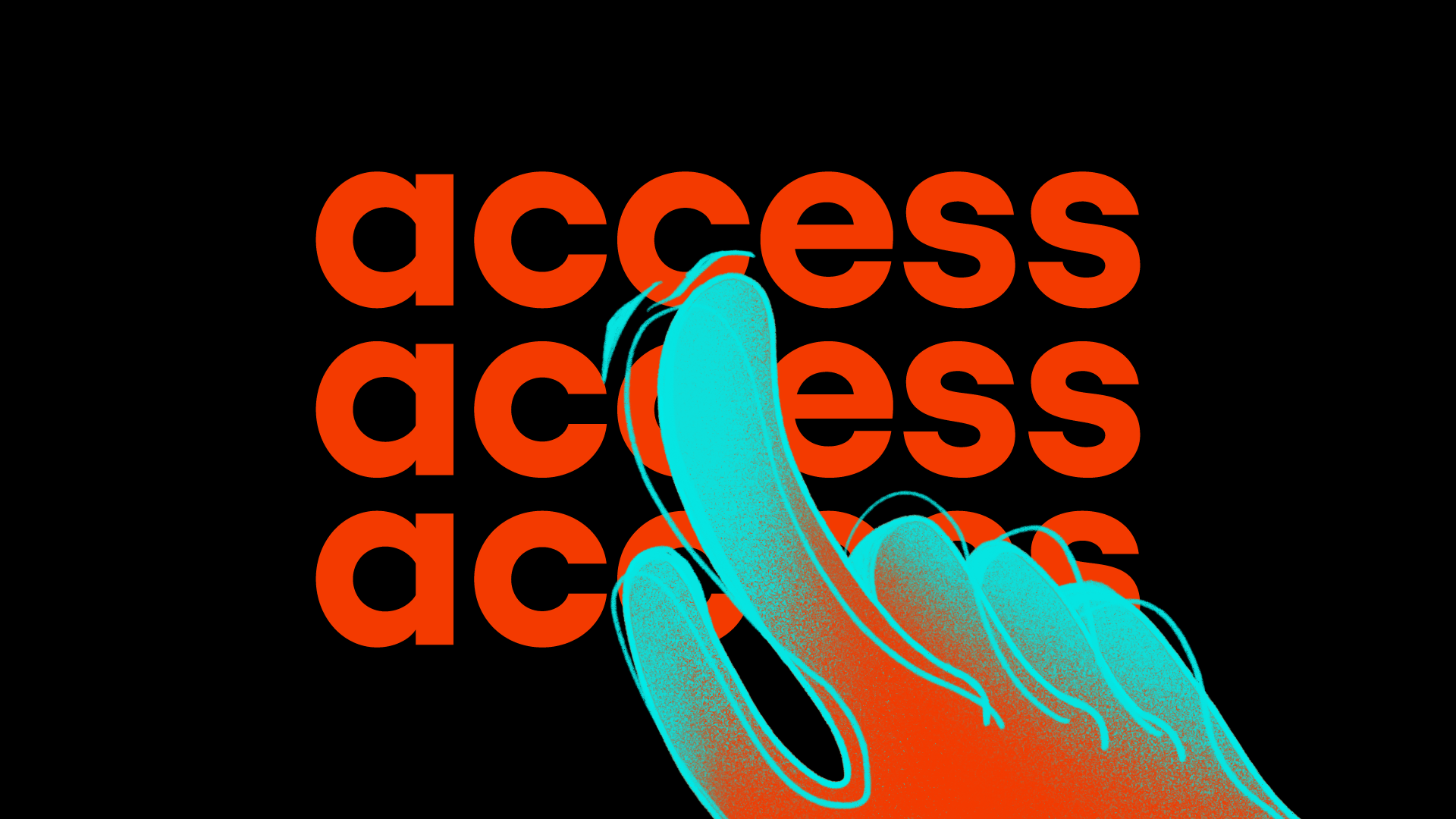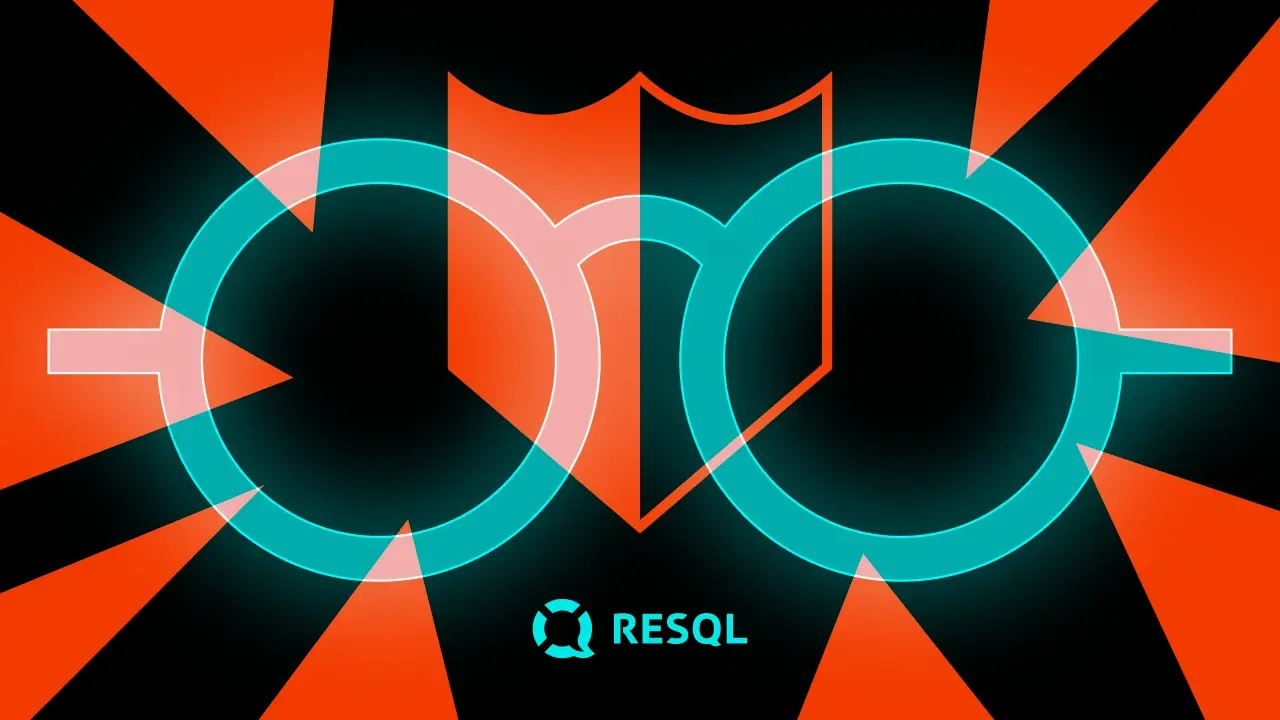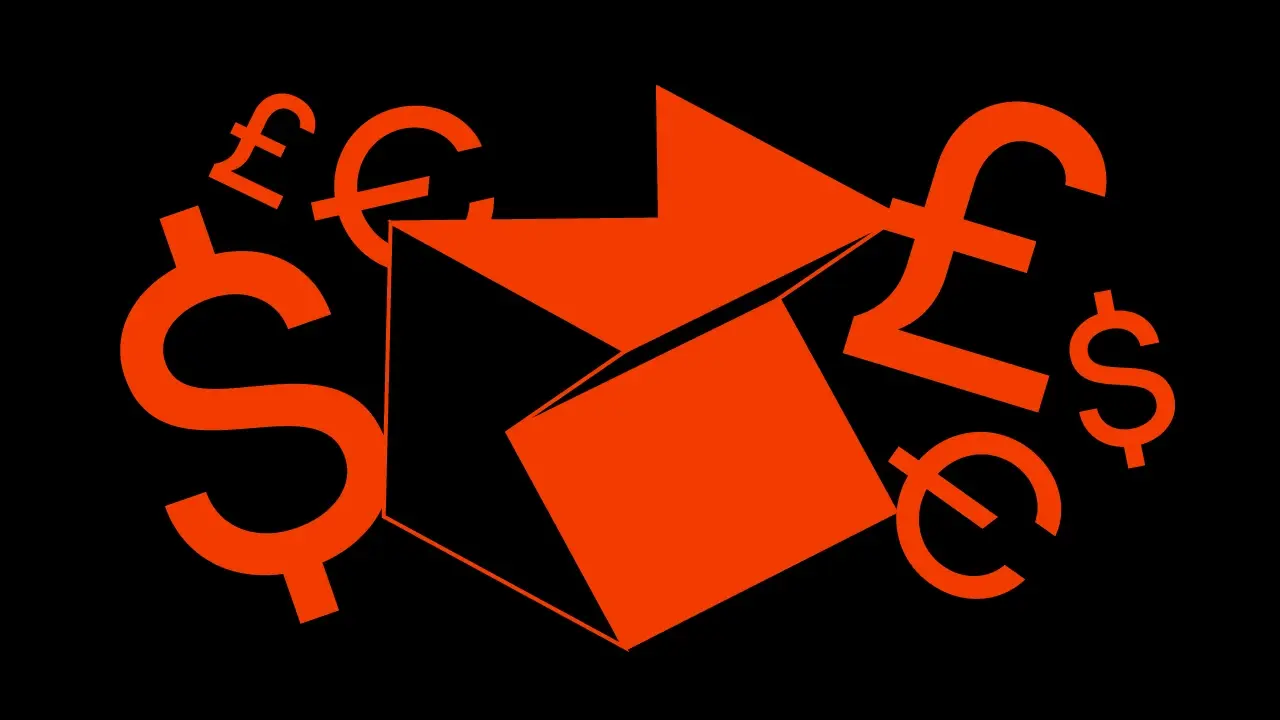What is WCAG and why should you use it?


According to the World Wide Web Consortium (W3C), Web Content Accessibility Guidelines (WCAG) is “developed by W3C in cooperation with individuals and organizations around the world, with a goal of providing a single shared standard for web content accessibility that meets the needs of individuals, organizations, and governments internationally. The WCAG documents explain how to make web content more accessible to people with disabilities.”.
Simply speaking, WCAG is a set of guidelines for web creators that ensure easy access to pages for those with disabilities such as visual, hearing, or motor impairment.
Why should you use WCAG?
Meeting the guidelines is extremely important, as 15% of the global population (around one billion people) have some sort of disability*. That’s a huge part of the Internet users that would like to enjoy the web as well as the others. Many of them use different types of tools or technologies that help them to navigate pages (such as screen readers, voice control, or special keyboards), but in order to do that, they need developers to build their code and design carefully. So how should creators plan their websites?
WCAG 2.1 introduced in 2018 contains 4 key points that have to be fulfilled in order for a webpage to be accessible:
- Perceivable – information and user interface components must be presentable to users in ways they can perceive.
- Operable – user interface components and navigation must be operable.
- Understandable – information and the operation of the user interface must be understandable.
- Robust – content must be robust enough that it can be interpreted by a wide variety of user agents, including assistive technologies.
W3C provides a long list of techniques and recommendations for developers so they can meet the above guidelines – such as text alternatives, usage of color, character key shortcuts, pointer gestures, or language.
Speednet and WCAG 2.1
Speednet is passionate about contributing to accessibility and strives to design accessible projects. We are far from being perfect, but we do as much as we can to get there. In order to gain more knowledge about the issue, we constantly learn and participate in different types of classes or trainings. Recently, we had the pleasure to take part in the series of workshops led by Piotr Źrółka and Łukasz Stanik from the Kinaole company.
We learned a lot during those meetings – not only about WCAG 2.1 requirements, different screen readers, and keyboard shortcuts, but we also discovered good practices for building accessible digital products (have you heard about ARIA language?). Together we also did an accessibility audit of a given website, created a prototype to solve its problems, described the requirements, and prepared an implementation roadmap. It was a great dose of practice and new knowledge that we will definitely use on our projects!
What’s interesting, is that Łukasz is a typhlo-informatician, which means that he is a specialist in assistive technology, but he also has a visual impairment. As a result, during the workshop, we could have seen how a person with a disability uses websites and better understand their point of view. Łukasz told us all about apps that make his life easier – thanks to them he can, for example, fast Braille type on his phone or read a restaurant menu without any problems.
However, Łukasz pointed out that even though he is a very independent person, it is, unfortunately, not a common scenario. Not many people with disabilities are able to travel abroad or even buy something from the shop across the street, so the Internet often becomes their main source of information and entertainment – this is another reason for all of us to make the Web an accessible place for everyone.
Make a change!
One of the companies that decided to make a change was Tesco. Tesco created a new accessible, native groceries app for Android and iOS. At the beginning, they invested additional £35,000 to address the WCAG needs in their app and the results blew their minds! The analytics show that the average basket value has increased and there were 1,000% more positive reviews. In the end, the company earns additional 13 million pounds annually thanks to this change.**
Turns out that WCAG, in addition to all its benefits, helps in reaching a larger audience. As a result… it can also increase your company’s revenue. ?
_
* source: World Report on Disability
** source




